
FootBone Spurs
Osteophytes,more colloquially known as foot bone spurs, are the most typicalcause of serious foot pain. However, bone spurs can occur in any partof the body and are most common on the shoulders, hands, spine andknees in addition to the feet. They are usually quite smooth, but areagitated by clothing and shoes that rub against them and disruptnerve endings.
Bonespurs are the result of the body trying to heal itself by growingextra portions of bone that can sometimes extend at strange angles.This happens when a body part is subjected to large amounts of stressor pressure over a long period of time. In the feet, this usuallyoccurs due to vigorous movements involving the feet like dancing andrunning, or when the feet are forced to endure too much weight due tothe person being obese. Ill-fitting shoes can also lead to bone spursbeing produced as there is inordinate pressure on sensitive part ofthe foot, and simply walking or standing for a long period of timecan injure tendons in the foot. Another possible cause are age-relatedbone diseases or disorders.
Symptomsof Foot Bone Spurs
Normally,there are no easily noticeable symptoms or indications of bone spursin the foot besides tiny bumps or minor swelling in certain areas.Therefore, a person can have bone spurs and suffer from the pain forquite a long time before they realise that they are even there. Theonly immediately noticeable symptom of a foot bone spur is theintense pain felt when the bone spur is disturbed by the person'sshoes.
We alluse our feet every single day, sometimes using them much more thanother days, typically when we exercise or simply move around a lot.The feet are subject to a large amount of pressure throughout the dayand the forces they must endure change constantly with movementspeed, vigorousness of movement, different footwear and length ofrelaxation time. When bone spurs in the foot become evident, the paincan be severely debilitating, as it restricts a person's dailyroutine.
Treatment
Bonespurs will usually recede or heal by themselves, but in cases wherethe person experiences severe pain or when the bone spurs damage thetissue around the bone, they become a problem. Prevention is alwayspreferrable to treatment, so understanding the causes of bone spurscan help to prevent them from occurring in the first place.
As for the treatment, the doctor may first need to establish if a bone spurexists at all and might take an x-ray of the foot to give a clearpicture of the bone structure. The treatment is highly dependent onthe cause, which the doctor should be able to diagnose. Surgery maybe required to remove the bone splinters in more serious cases,although this is usually the very last resort.



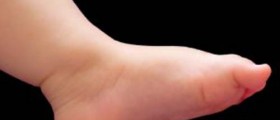

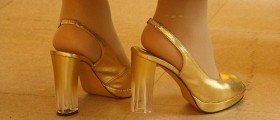


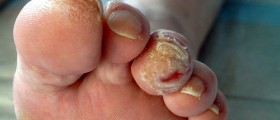


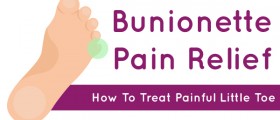



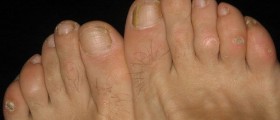

Your thoughts on this
Loading...